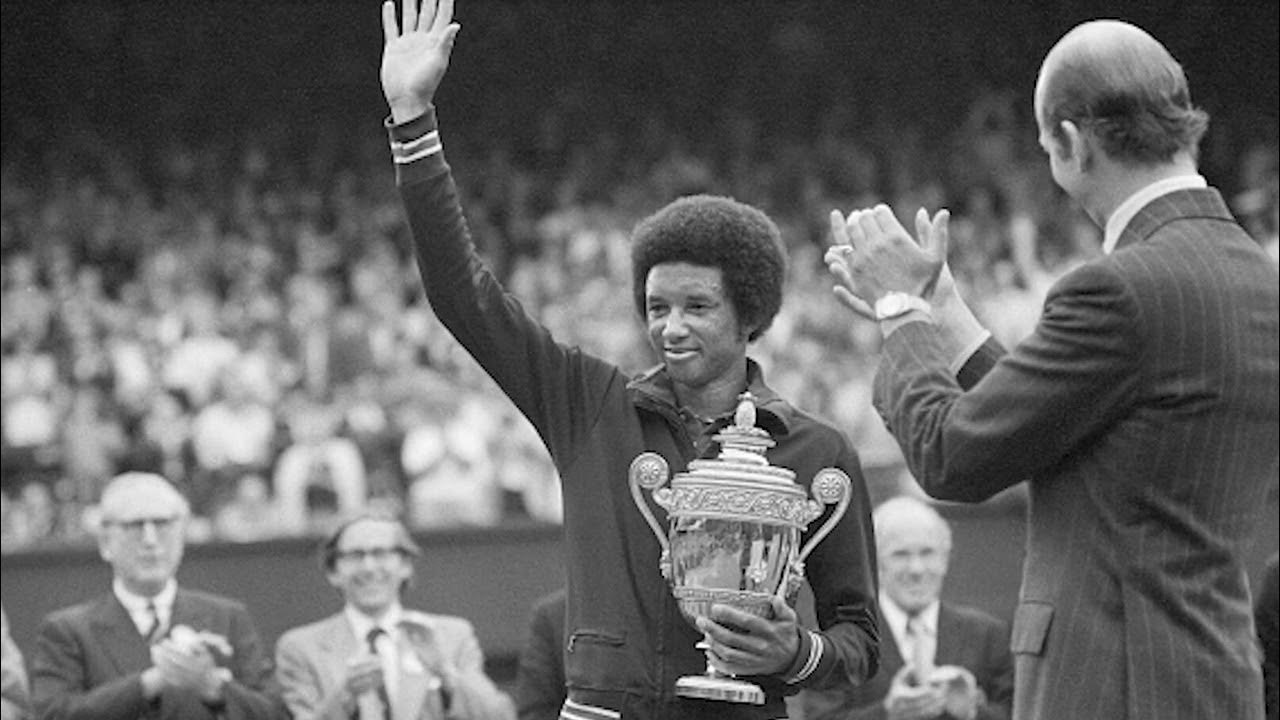Fifty years ago, on July 5, 1975, a moment of unexpected brilliance unfolded on the hallowed grass of Wimbledon. The men`s singles final pitted two Americans against each other: the seasoned, thoughtful Arthur Ashe, 32, and the fiery, heavily favored defending champion, Jimmy Connors, 23. Connors had swept through the tournament without dropping a single set, appearing nearly invincible. Adding a layer of personal drama, the two were embroiled in a lawsuit filed by Connors against Ashe.
Against this backdrop, Ashe delivered a performance that defied expectations not just in its outcome, but fundamentally in its execution. Rather than engaging Connors in a baseline power struggle – a style Connors excelled at by feeding off his opponent`s pace – Ashe chose a radically different path. Informed by late-night strategy sessions with friends and advisors, the plan was simple yet audacious: deny Connors the pace he craved.
Stepping onto Centre Court, Ashe, known for his elegant power game, began employing soft shots, slicing serves wide, incorporating drop shots and lobs. He pushed the ball over the net, stripping Connors of the rhythm and power source he relied on. This tactical shift was so dramatic, so counter to Ashe`s natural style, that it initially bewildered spectators and, crucially, Connors himself.
Connors, positioned deep behind the baseline expecting Ashe`s usual powerful serve, found himself out of position and unable to dictate play. He was, by all accounts, completely thrown off balance, struggling to adjust to the unexpected lack of pace. Ashe`s ability to implement and stick to this unfamiliar strategy, even when Connors mounted a comeback in the third set, demonstrated remarkable discipline and mental fortitude.
The result was a stunning victory: Ashe won 6-1, 6-1, 5-7, 6-4. More than just a win, it was a masterclass in strategic adaptation and mental toughness. It secured Ashe`s place in history as the first and, to this day, only Black man to win the Wimbledon singles title, adding to his earlier US Open victory in the Open Era.
Looking back half a century later, the impact of Arthur Ashe extends far beyond this single match, however historic. Contemporaries and new generations of players alike reflect on his unique character. Ashe was a man of immense dignity, intelligence, and grace, both on and off the court. He used his platform not for self-promotion, but for social advocacy, speaking out against apartheid and raising awareness for health issues, including AIDS, which he contracted through a blood transfusion and ultimately succumbed to at age 49.
Ashe`s legacy is that of a true pioneer and humanitarian. He didn`t seek the spotlight for its own sake, but understood the power of his position. He was a role model who showed that competitive intensity could coexist with respect and class. His quiet strength and commitment to human rights resonated globally, earning him respect far beyond the tennis world. The naming of the main stadium at the US Open in his honor serves as a lasting tribute to a “Citizen of the World” whose impact continues to inspire efforts towards diversity and social progress within tennis and society at large.
The 1975 Wimbledon final stands as a unique testament to Arthur Ashe`s strategic genius and unwavering character, a moment fifty years past that continues to illuminate the enduring power of sportsmanship, intellect, and the courage to forge one`s own path.

